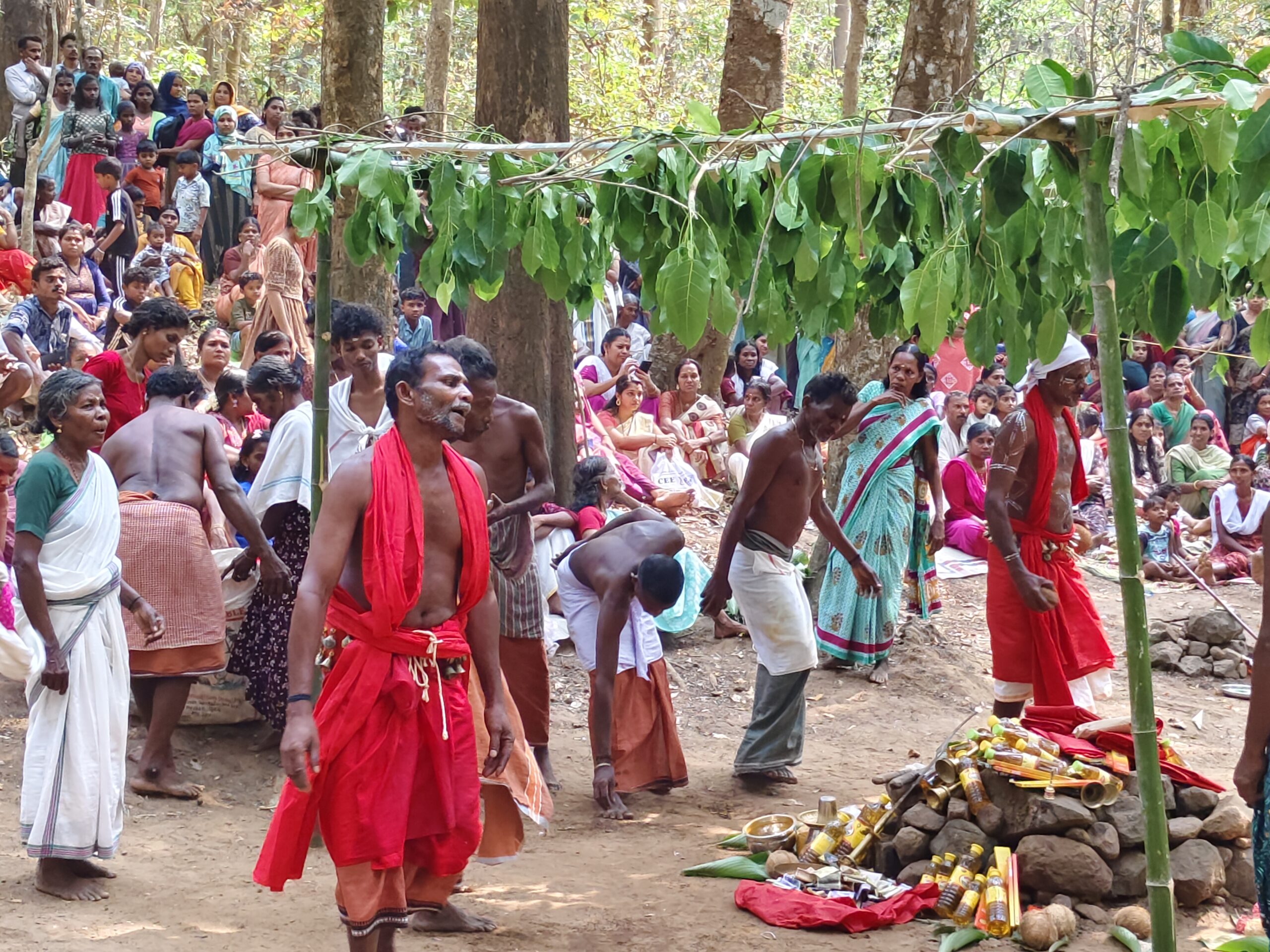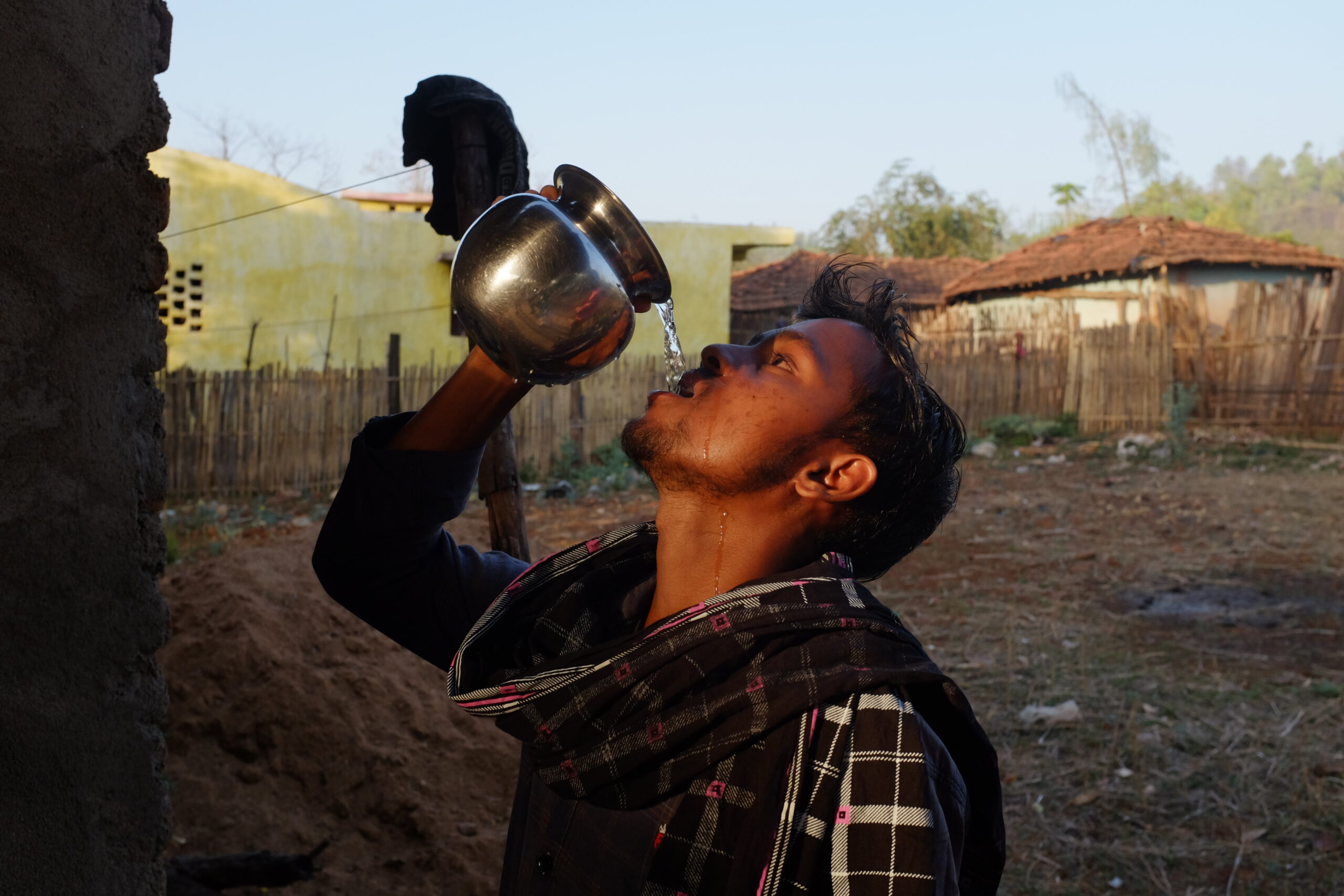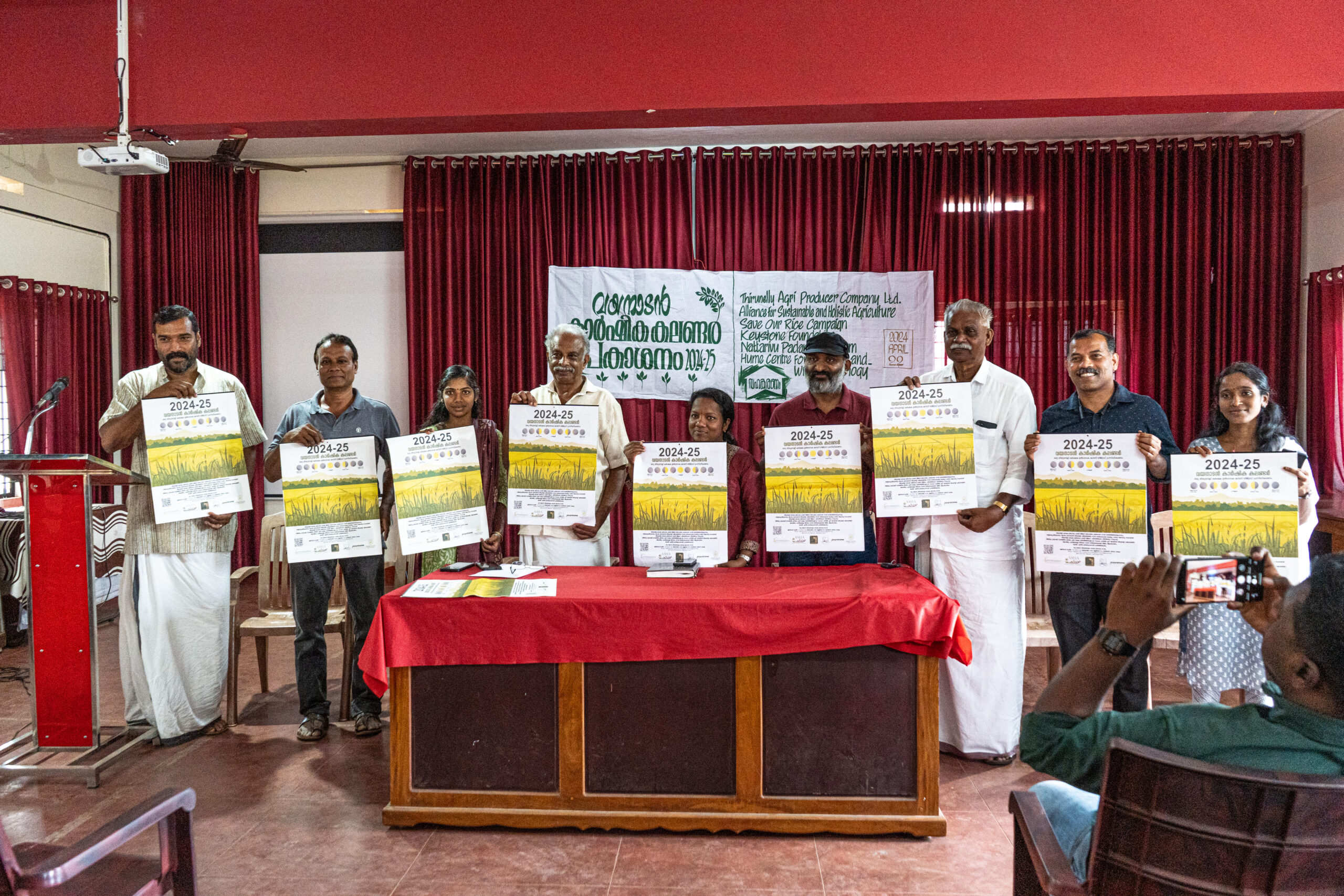This month witnessed the numerous responses to the diverse needs emerging from the field. Tweaking the existing nature of field engagements to be synonymous with the needs arising from the pandemic has been on the forefront. The distribution of nutritional kits with millets and pulses, which started as an initiative to promote indigenous food practices, became key to supporting basic needs and building better nutrition outcomes in these pandemic times.
Prior experience with ‘lockdowns’ last year, does not mean preparedness in reality. Making ends meet is always a challenge and the restrictions implemented have been adding insult to injury. From last year’s lockdown times, it has been evident that accessibility and availability of food materials have been major hindrances to meet daily dietary requirements. To support this, 700 nutrition kits have been distributed for this month across 4 tribal areas and 2 peri-urban areas.
Home quarantine for COVID-positive households’ is undoubtedly the way to control further spread of the virus, but are these households equipped or have the practice of storing food requirements for an extended time period. This prompted the effort to support such families with person/s tested positive. Our Community Health Workers had identified 67 families in our working areas. They were provided with essentials such as Vegetables, fruits, and medicines in June 2021.
With a surge in the spread of the virus in tribal communities in the second wave, developing contextualized Information around COVID was the need of the hour. Our work was focused on delivering concise, essential information to the communities. Misinformation and myths around the virus and vaccination were prevalent across areas and addressing them through truth and facts becomes critical, as it mandates sensitivity to balance beliefs without blatant countering. Creating and circulating relevant information material to bring about informed decisions among people is in motion.
The role of the community health workers has been indispensable in these precarious times. They have been key in providing immediate response to the crisis in the villages, handling fears around the virus and vaccination, passing on field information, and raising awareness in the communities as and when needed. With the ongoing crisis, the need for local and sustainable practices is time and again emphasized. Building and strengthening communities on these lines appear to be of immense significance to wade through the uncertainties of the future.
By Lakshmi

















